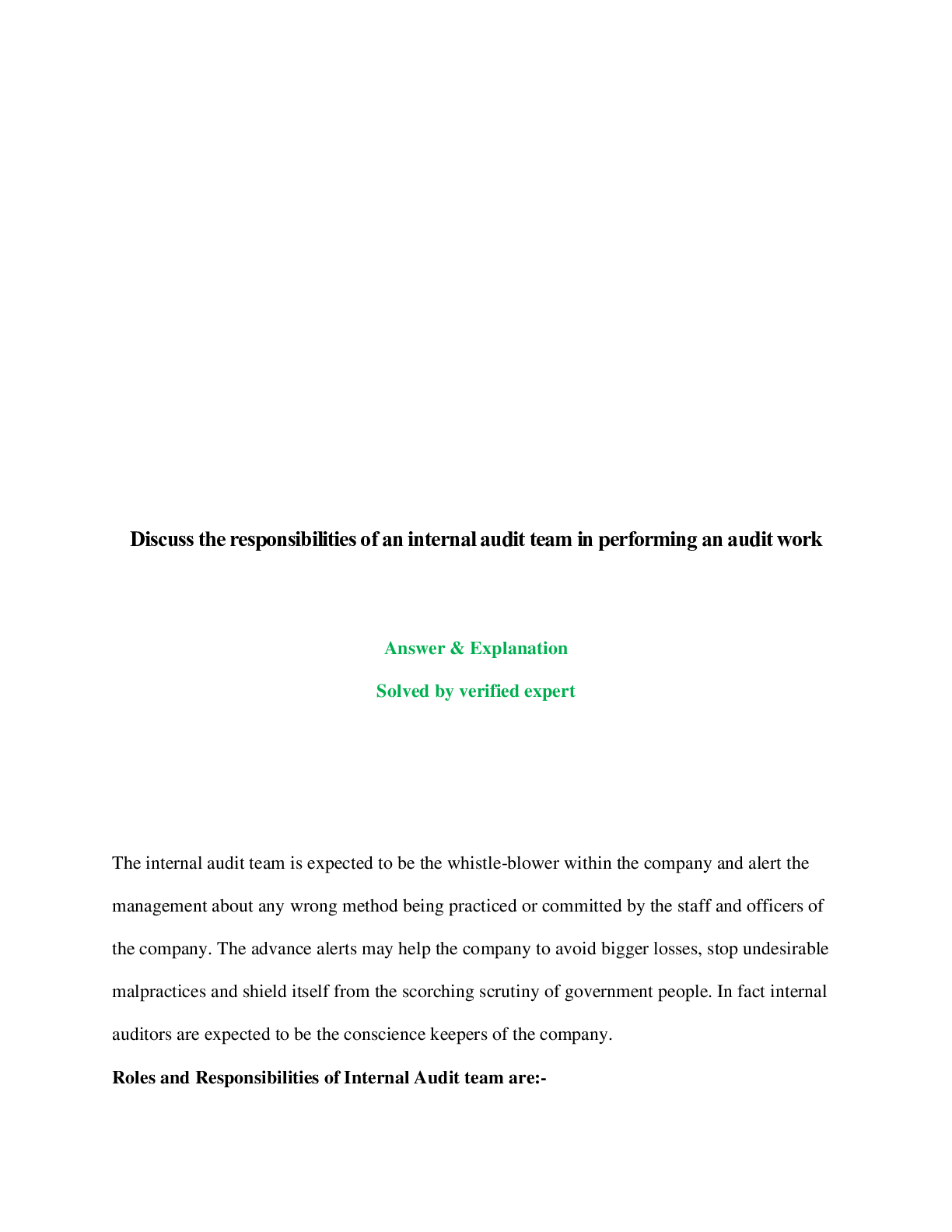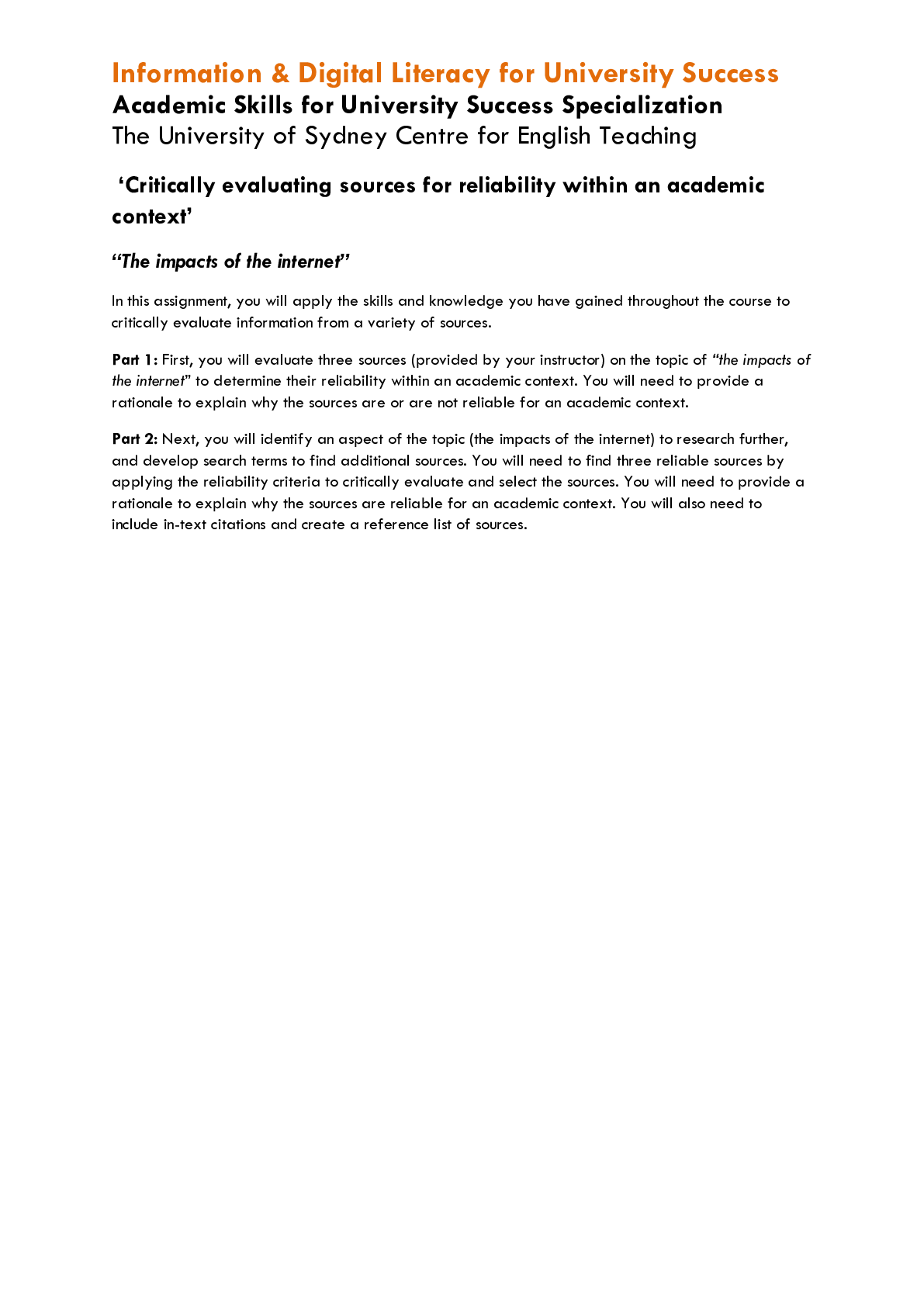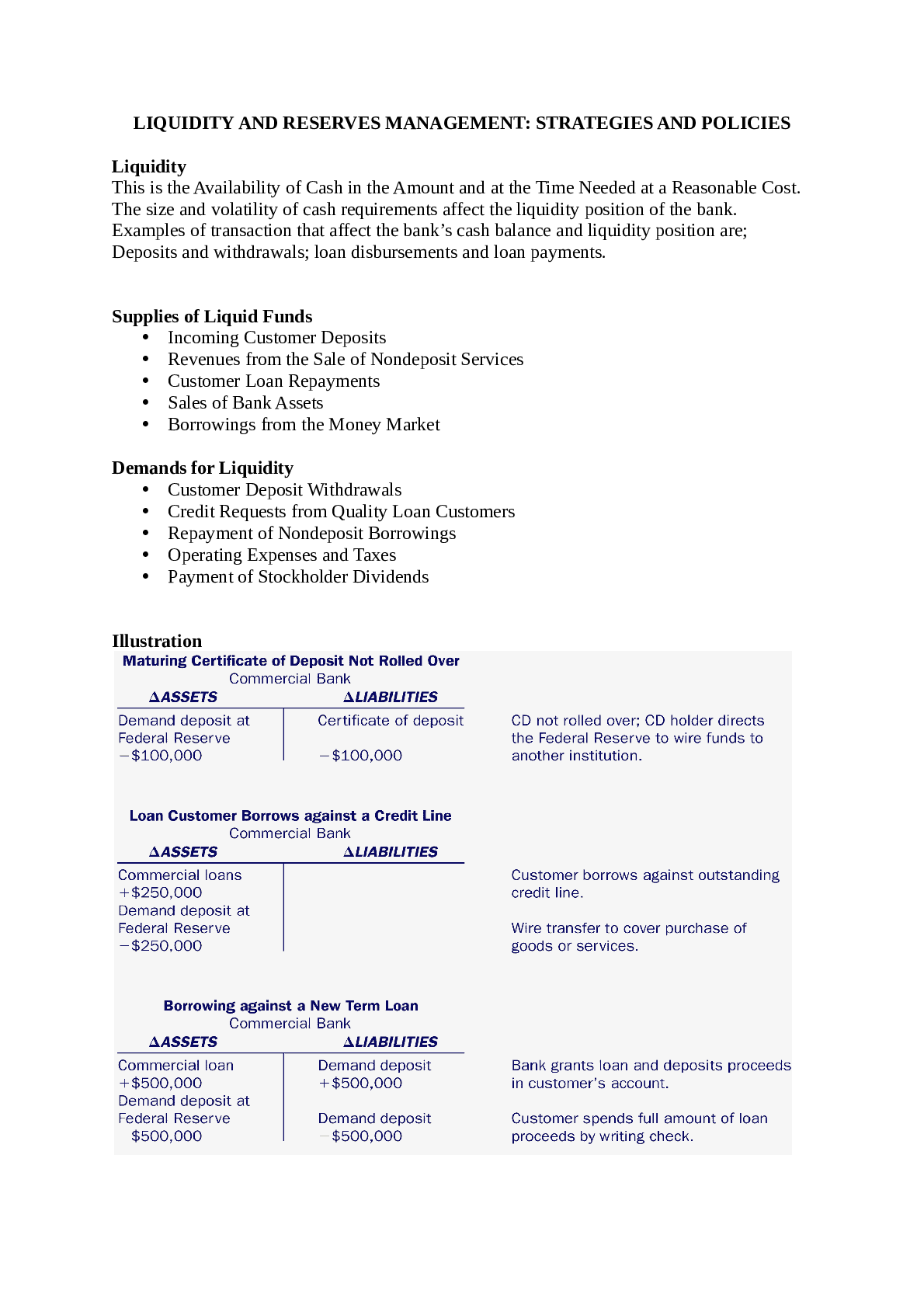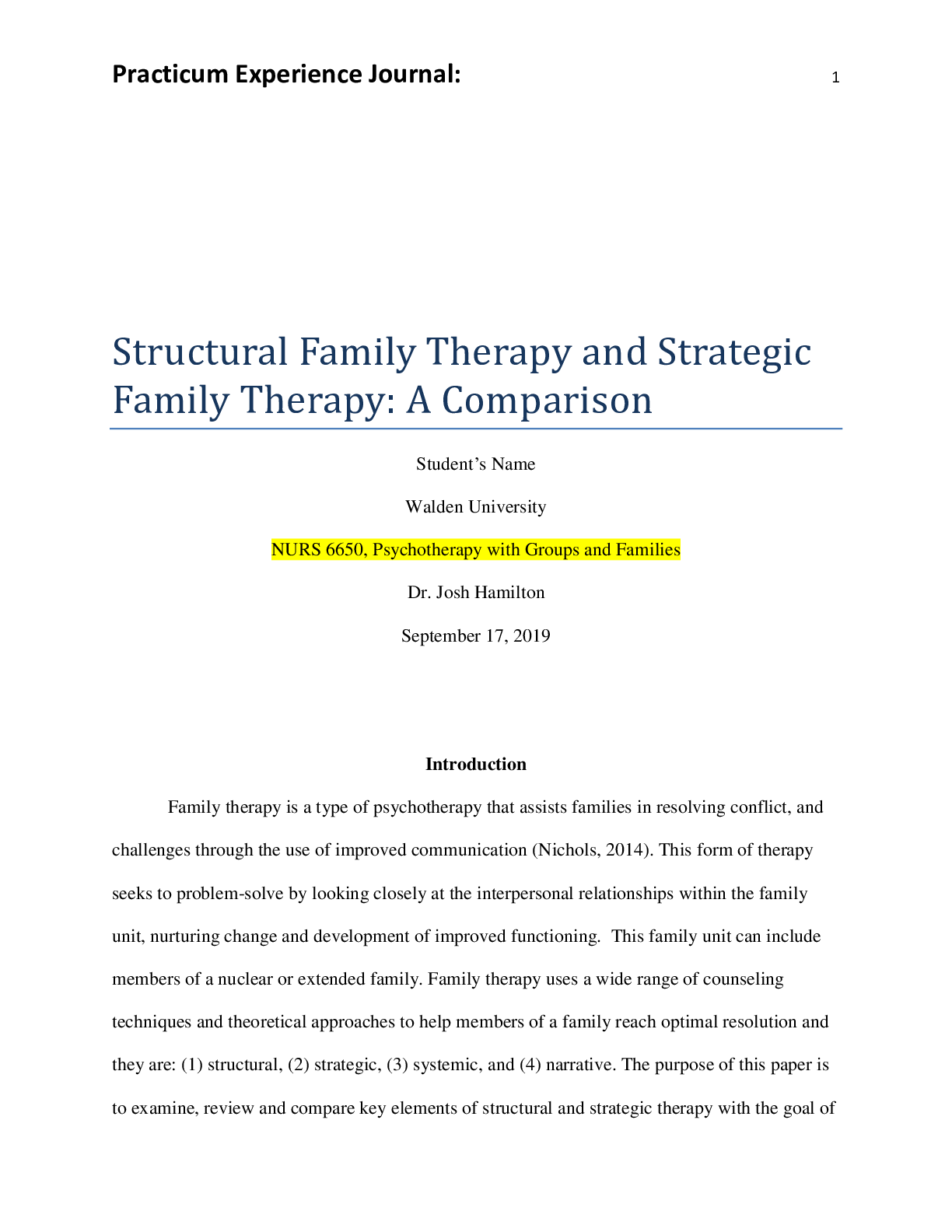ANT 3514C – Introduction to Biological Anthropology Lab 9: The Emergence of Bipedalism & the Australopiths: Research Paper + Q&A
Document Content and Description Below
ANT 3514C – Introduction to Biological Anthropology
Lab 9: The Emergence of Bipedalism & the Australopiths
Learning Objectives:
• Explore the key adaptations necessary for habitual bipedalism i
...
n the hominin hindlimb
• Contrast the kinematics of chimpanzee and human gaits and apply this to the fossil record
• Identify cranial and postcranial features that indicate Australopiths possess a mosaic of
primitive and derived traits
• Describe the morphological differences distinguishing robust and gracile Australopiths.
Purpose: To familiarize students with the key adaptations during the acquisition of bipedalism, and the anatomical distinctions among different Australopith species from the Pliocene and Early Pleistocene.
The fossil record represents a vital source of information for paleontologists and anthropologists alike as it preserves important details about past phenotypes. This record is important because it can be used to test the assumptions we make about evolution based on living animals, and it records the order of acquisition of significant traits. One topic of particular interest to anthropologists is the emergence of bipedalism, a hallmark of the hominin clade.
The first fossil evidence of bipedal locomotion in hominins dates to roughly 6-7 million years ago (mya). Remarkably, genetic data dates the split between the modern chimpanzee and human lineages to 6-8 mya, indicating that bipedalism evolved almost immediately after the divergence of the two clades, which was much further in the past than researchers had initially thought. Based on these findings, we can assume that bipedal locomotion was an important adaptation in the human lineage long before the acquisition of a large brain relative to body size (encephalization).
While the hominin fossil record is relatively sparse for its first 3 million years of existence, roughly 4 mya we see the emergence of a diverse clade of hominins in East Africa: the australopiths. Though they are believed to have walked slightly differently from modern humans, australopiths were true bipeds, and quickly spread across the continent, appearing in the fossil record in South and Central Africa as early as 3.3 mya. Furthermore, we observe independent radiation events in these different regions of Africa. Akin to Darwin’s finches, members of the genus Australopithecus developed several adaptive cranial morphologies, presumably to allow for expansion into underexploited niches. These cranial traits are so distinctive that we classify the robust australopiths into their own separate genus, Paranthropus. Still, postcranially, the two genera are almost indistinguishable.
The australopiths represented the predominant group of hominins in Africa for ~2 million years until another genus emerged, presumably from within the clade. As you will see in the weeks to come, unlike the robust australopiths with their highly derived craniodental morphologies, members of this new group, Homo, display a different suite of derived morphologies, including an increasing degree of encephalization. Remarkably, P. boisei, the most specialized robust australopith, and the incredibly modern-human-like H. erectus co-existed in east Africa for roughly 1 million years.
[Show More]
Last updated: 2 years ago
Preview 1 out of 10 pages


.png)









dfdfefe.png)




















